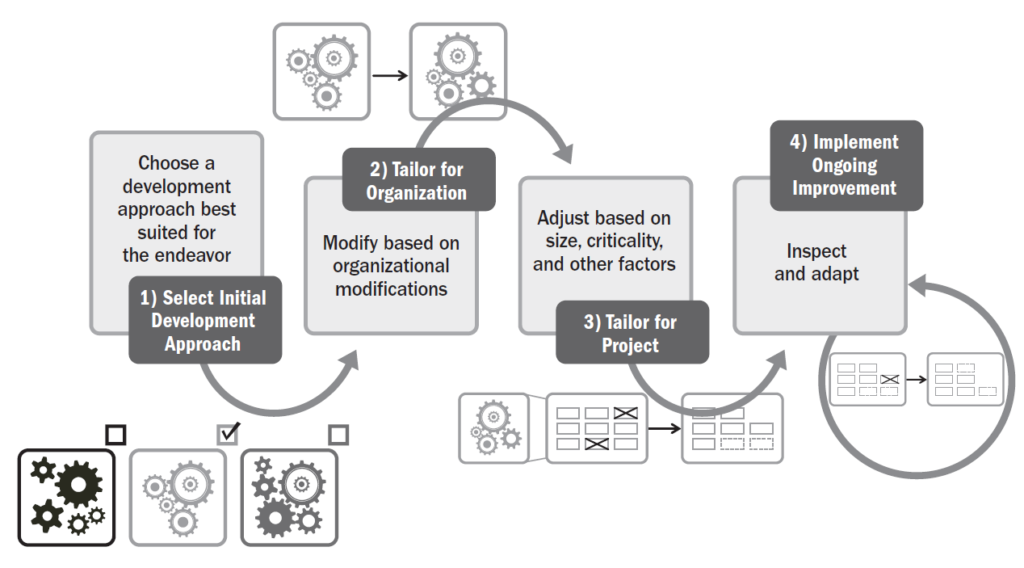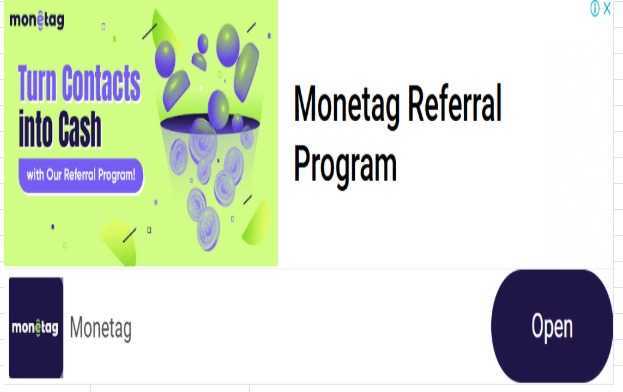Unlocking Team Potential with PMI-PMBOK Motivation Models
In project management, the technical aspects of planning, scheduling, and resource allocation are critical—but they are not enough. Project success is largely driven by people, and keeping people motivated, engaged, and aligned is a key responsibility of every project manager. Recognizing this, the PMI PMBOK® Guide – Seventh Edition integrates the concept of motivation models as part of the broader framework of team performance and leadership.
This blog explores the role of motivation models in the context of PMI’s project management approach, highlights widely accepted theories, and demonstrates how project managers can apply these models to drive performance, enhance collaboration, and deliver successful outcomes.
Why Motivation Matters in Project Management
A motivated team is a productive team. When team members are inspired and committed, they:
- Take ownership of their work
- Solve problems proactively
- Collaborate effectively
- Remain resilient under pressure
- Contribute to innovation and creativity
In contrast, lack of motivation leads to disengagement, delays, low quality, and project failure.
The PMBOK Guide (Seventh Edition) does not prescribe one-size-fits-all approaches. Instead, it emphasizes principle-based performance, highlighting the importance of tailoring techniques—including motivation strategies—to the team and organizational context.
Motivation Models in the PMBOK Framework
Within the PMBOK, Motivation Models fall under the broader category of “Models, Methods, and Artifacts.” These are knowledge components that help guide behavior, decision-making, and project execution. Motivation models are especially relevant in the following performance domains:
- Team Performance Domain
- Stakeholder Engagement Domain
- Planning Performance Domain
- Uncertainty and Complexity Domains
The models help project managers understand what drives individuals and teams, and use that understanding to create a work environment where people thrive.
Major Motivation Models Relevant to PMBOK
Let’s explore the most influential motivation models and how they can be applied in a project setting.
1. Maslow’s Hierarchy of Needs
Overview:
Abraham Maslow proposed that humans are motivated by a hierarchy of needs, progressing from basic survival to self-actualization.
The Five Levels:
- Physiological Needs – Food, shelter, rest
- Safety Needs – Job security, safety at work
- Social Needs – Belonging, teamwork, relationships
- Esteem Needs – Recognition, respect, achievement
- Self-Actualization – Growth, creativity, fulfillment
PMBOK Application:
- Ensure team members’ basic needs are met (comfortable work environment, stable income)
- Foster psychological safety and collaborative culture
- Offer recognition programs and growth opportunities
Example: A project manager organizes regular team-building sessions and acknowledges achievements publicly to satisfy social and esteem needs.
2. Herzberg’s Two-Factor Theory
Overview:
Frederick Herzberg identified two sets of factors that influence motivation:
- Hygiene Factors (extrinsic): Salary, policies, working conditions. If missing, they cause dissatisfaction—but don’t necessarily motivate.
- Motivators (intrinsic): Achievement, recognition, responsibility, personal growth.
PMBOK Application:
- Eliminate dissatisfaction by addressing hygiene factors
- Boost motivation by creating opportunities for growth, autonomy, and achievement
Example: Provide a challenging task to a high-performing developer and recognize their success in a team meeting.
3. McClelland’s Theory of Needs
Overview:
David McClelland identified three dominant needs that drive human behavior:
- Need for Achievement: Desire to excel and succeed
- Need for Affiliation: Desire to build relationships
- Need for Power: Desire to influence and lead
PMBOK Application:
- Assign tasks based on individual motivational profiles
- Use power-motivated team members for leadership roles
- Allow achievement-driven individuals to take ownership of milestones
Example: A team member with high affiliation needs could be assigned a stakeholder-facing role, while a high-achievement individual is made responsible for deliverables.
4. Expectancy Theory (Vroom)
Overview:
Victor Vroom’s Expectancy Theory suggests that people are motivated when they believe:
- Effort will lead to good performance (Expectancy)
- Performance will lead to rewards (Instrumentality)
- Rewards are meaningful (Valence)
PMBOK Application:
- Set clear goals and performance expectations
- Establish a direct link between effort and recognition
- Ensure that rewards match what team members value
Example: A developer knows that meeting the sprint goal will result in a performance bonus and career progression.
5. Equity Theory (Adams)
Overview:
This model focuses on fairness. People are motivated when they perceive fairness in work, reward, and recognition compared to peers.
PMBOK Application:
- Ensure equal treatment and fair distribution of resources and recognition
- Address perceptions of bias quickly
Example: When distributing overtime work, ensure it’s rotated fairly among team members.
6. Self-Determination Theory (Deci & Ryan)
Overview:
This theory highlights three basic psychological needs:
- Autonomy – Control over one’s work
- Competence – Ability to succeed
- Relatedness – Connection with others
PMBOK Application:
- Allow team members to make decisions (Autonomy)
- Provide feedback and skill development (Competence)
- Build strong team bonds (Relatedness)
Example: Empowering a team to choose their own tools and methods for task execution.
7. Reinforcement Theory (Skinner)
Overview:
Behavior is shaped by consequences. Positive reinforcement encourages repetition of behavior, while punishment or lack of reward discourages it.
PMBOK Application:
- Use positive reinforcement for desirable behaviors (e.g., collaboration, innovation)
- Provide immediate feedback
Example: A team is rewarded with an early day off after successfully meeting a tight deadline.
Motivation in Agile vs. Predictive Environments
In Agile environments, motivation is embedded in principles like empowered teams, frequent feedback, and self-organization. Agile frameworks naturally align with:
- Self-Determination Theory
- McClelland’s Needs Theory
- Expectancy Theory
In Predictive environments, motivation strategies may be more structured and formal, emphasizing:
- Clear goals and milestones
- Recognition based on performance evaluations
- Structured career paths and roles
Project managers must adapt motivation techniques based on the delivery approach, team structure, and organizational culture.
Motivation Models and PMBOK Performance Domains
1. Team Performance Domain
Motivation is central to team engagement, cohesion, and output. Applying the right model improves collaboration, innovation, and psychological safety.
2. Stakeholder Engagement Domain
Understanding stakeholder motivations helps project managers influence and negotiate more effectively. Stakeholders, like team members, have drivers and expectations.
3. Planning Domain
Motivated teams contribute more actively to planning, estimating, and risk identification, improving overall accuracy and buy-in.
4. Uncertainty Domain
During times of uncertainty, motivation helps teams stay resilient, focused, and committed, especially when change is constant.
How Project Managers Can Apply Motivation Models
1. Assess Individual Drivers
- Use personality assessments or one-on-one discussions
- Identify each team member’s top motivational needs
2. Tailor Tasks and Recognition
- Match tasks to what motivates each individual
- Customize recognition—some value public praise, others prefer career advancement
3. Create a Motivating Environment
- Provide autonomy and purpose
- Set challenging but achievable goals
- Give consistent feedback
4. Foster Team-Level Motivation
- Celebrate group achievements
- Encourage peer-to-peer recognition
- Involve the team in decision-making
5. Measure and Adapt
- Use surveys or retrospectives to check motivation levels
- Adjust approaches as team composition or context changes
Practical Scenario: Motivation in Action
Project: A software rollout across multiple departments
Problem: Team members from different departments show varying levels of engagement.
Action Taken:
- Project manager uses McClelland’s Theory to identify dominant needs.
- Developers (achievement-driven) are given measurable goals and problem-solving tasks.
- Operations staff (affiliation-driven) are engaged through team-building and recognition.
- Senior stakeholders (power-driven) are kept in the loop with leadership updates and influence opportunities.
Outcome: Morale improves, cross-functional collaboration strengthens, and the project is delivered on time.
Challenges in Applying Motivation Models
While motivation models offer clear benefits, challenges include:
- Individual differences: One model doesn’t fit all
- Changing motivations: What drives people may shift over time
- Organizational constraints: Limited flexibility in rewards or structure
- Remote and hybrid teams: Harder to build relationships or offer non-monetary rewards
To overcome these, project managers must stay observant, flexible, and empathetic.
Conclusion
Understanding and applying motivation models is not just a soft skill—it’s a strategic competency for project managers. As emphasized in the PMI PMBOK Guide, success is about more than scope, schedule, and budget. It’s about enabling people to do their best work.
Whether you’re managing an Agile squad or a traditional project team, incorporating motivational strategies based on proven psychological models can make the difference between a compliant team and a committed one.
By using models like Maslow’s hierarchy, Herzberg’s two-factor theory, Expectancy theory, and more, project managers can ignite passion, build engagement, and create high-performing teams that consistently deliver value.



